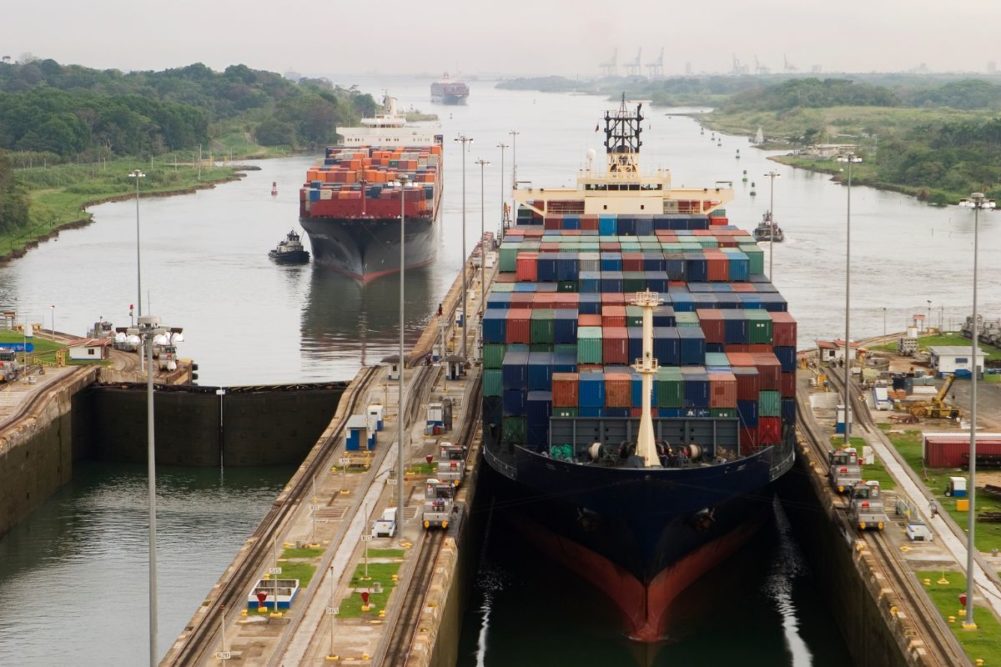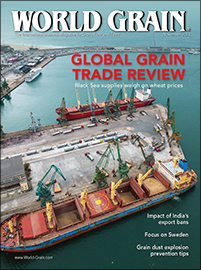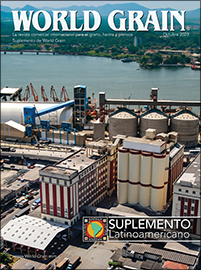PANAMA CITY, PANAMA — Due to unprecedented low levels on Gatun Lake, the Panama Canal Authority (PCA) is further limiting the number of daily vessel transits, reaching a low of 18 vessels per day by February 2024.
The water level on Gatun Lake, which is the water source for the canal, is currently 79.7 feet, 7% below the prior five-year average for October, according to the US Department of Agriculture’s Grain Transportation Report.
The maximum sustainable capacity on the canal is 38-40 transits. The PCA took several water saving and conservation measures including reducing transit capacity to 32 vessels since July 30. Additional reductions were announced Sept. 29.
“Despite all measures taken, the level of Gatun Lake has continued to decline to unprecedented levels for this time of year,” the PCA said. “The recorded precipitation for October has been the lowest on record since 1950 (41% below), and so far, 2023 ranks as the second driest year for the same period.”
As a result, the number of transits will be reduced on the following schedule:
- 25 from Nov. 3-6
- 24 from Nov. 7-30
- 22 from Dec. 1-31
- 20 from Jan. 1-31, 2024
- 18 starting Feb. 1, 2024, until further notice
“Further adjustments in the daily number of transits will be announced depending on the rainfall in the Canal watershed and level of Gatun Lake,” the PCA said.
USDA noted that the reduction in transits coincides with the US grain harvest and rising transportation demand.
Reduced capacity on the canal may force the diversion of grain exports from the US Gulf to other routes such as the Suez Canal, it said.
In 2022, ships carrying 36.18 million tonnes of grain — including corn, soybeans, rice, sorghum, barley and wheat — transited the canal from the Atlantic Ocean to the Pacific Ocean and 2.2 million tonnes moved from the Pacific to the Atlantic. Grain is second only to petroleum among commodities that rely on the canal.
The PCA said it encourages vessels to make use of the Transit Reservation system to guarantee a transit date and to reduce the possibility of delays.





